- News
- Reviews
- Bikes
- Components
- Bar tape & grips
- Bottom brackets
- Brake & gear cables
- Brake & STI levers
- Brake pads & spares
- Brakes
- Cassettes & freewheels
- Chains
- Chainsets & chainrings
- Derailleurs - front
- Derailleurs - rear
- Forks
- Gear levers & shifters
- Groupsets
- Handlebars & extensions
- Headsets
- Hubs
- Inner tubes
- Pedals
- Quick releases & skewers
- Saddles
- Seatposts
- Stems
- Wheels
- Tyres
- Tubeless valves
- Accessories
- Accessories - misc
- Computer mounts
- Bags
- Bar ends
- Bike bags & cases
- Bottle cages
- Bottles
- Cameras
- Car racks
- Child seats
- Computers
- Glasses
- GPS units
- Helmets
- Lights - front
- Lights - rear
- Lights - sets
- Locks
- Mirrors
- Mudguards
- Racks
- Pumps & CO2 inflators
- Puncture kits
- Reflectives
- Smart watches
- Stands and racks
- Trailers
- Clothing
- Health, fitness and nutrition
- Tools and workshop
- Miscellaneous
- Buyers Guides
- Features
- Forum
- Recommends
- Podcast
feature
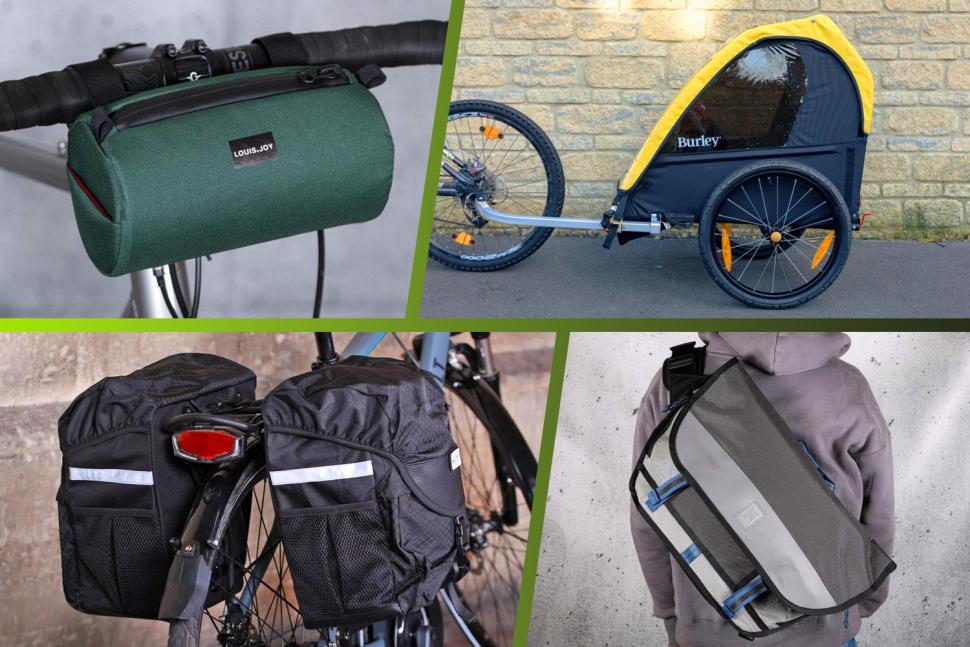 Easy and effective ways to carry stuff on your bike March 2025 v2 (credit: road.cc)
Easy and effective ways to carry stuff on your bike March 2025 v2 (credit: road.cc)Easy and effective ways to carry stuff on your bike — from bar bags to cargo bikes, the best ways to transform your bike into a useful utility vehicle
Your bicycle might be in its finest form when unencumbered by anything more than the rider, but it can also serve as a reliable packhorse. Whether you need to take a handful of spares and essentials or load up with a delivery round’s worth of produce, there’s an effective pedal-friendly option available. Here are some great options for tackling your cargo conundrums.
Travelling light
For most leisure riders, aside from commuters, there’s usually no need to carry much more than a multi-tool, spare inner tube, tyre levers, pump or CO₂ canister and perhaps some keys and a wallet. Fortunately, there are plenty of ways to stash these essentials without weighing yourself down.
1. Jersey pockets
Pros: No cost; easy to retrieve cargo; purpose-made commuting kit often has loads of pockets
Cons: Can weigh clothing down and be uncomfortable; limited space
Never underestimate the carrying potential of your existing kit. Most cycling jerseys or jackets have three rear pockets which make for a convenient and secure way to carry your ride essentials while still being able to access them whilst on the move.
The middle pocket is where you want to carry bulkier items like a packable rain jacket, while the side pockets are ideal for ride spares and, of course, those all-important snacks.
The downside is that Lycra can get a bit saggy and unstable when loaded up, and carrying items this way isn’t always the most comfortable. However, it’s a no-cost solution, and purpose-made commuting kit often has loads of pockets.
2. Saddle bag
Pros: Cheap; huge range; easily transferable from bike to bike
Cons: Limited carrying capacity; easily steal-able
Your pockets aren’t the only storage option, you’ve got an entire bike to make use of. Saddle bags are a long-time favourite, available in a variety of shapes, sizes, colours, and fitting systems, from proprietary mounts to universally compatible Velcro straps.
With such a huge range to choose from, you should be able to find one that perfectly suits your specific requirement. They’re also super-cheap, simple and easy transferable from one bike to another.
A saddle bag is the ideal place to carry essential mechanical and emergency items, keeping them neatly stored, off your back, and leaving more pocket space for snacks.
3. Bottle cage
Pros: Space efficient; convenient
Cons: Limited carrying capacity; some options not suitable for longer rides
Since your bike frame likely already has a bottle cage, why not take advantage of it for extra storage? Many brands have developed clever solutions to store tools around your bottle cage. This often includes additional brackets designed to house items like mini bike pumps or cages, like those from Syncros, that feature a built-in mini-tool.
There are also options that attach directly to your bike's bottle cage. For example, Topeak’s Ninja range offers a variety of kit-carrying accessories including the Road Box, that attach to a compatible bottle cage,
If your rides are relatively short and you only need one water bottle, you can also repurpose an empty bottle to store your ride tools – a cheap and effective option. Alternatively, you can invest in more specialised solutions like the Assos Apparel Pocket.
4. Handlebar bag
Pros: Quick to access contents; decent capacity; easy to take with you off the bike
Cons: Can affect handling; better quality might also require a clamping system
Handlebar bags are great for carrying a whole heap of things, but they tend to divide opinion. While they might be overkill for everyday rides, they do mean you can offload your pockets into them.
I’m a big fan of handlebar bags and although they do put a bit of weight above your front wheel which can affect handling, their limited capacity means you’ll probably not carry anything heavy enough to really upset the ride.
The payback is they’re quickly accessible, can hold a fair bit more than a saddle pack and they often come with a clear top pocket perfect for maps or, more likely these days, your mobile phone. Plus, if you choose one with a shoulder strap, it’s easy to take with you when you’re off the bike.
5. Integrated frame storage
Pros: Discreet; convenient; secure and protected
Cons: Limited space; not universally available
> How to build your own bike toolkit
Many modern all-road, endurance, and gravel bikes now often feature integrated storage, typically located in the downtube and includes a toolkit. This means you no longer have to stuff essentials into your jersey pockets or saddlebag.
I think this is a great feature on bikes with larger downtubes, as long as you can fit essential items like a multi-tool, tyre levers, and a CO2 inflator. It allows for a clean, saddlebag-free setup.
Examples include the Ribble Allroad SL R, the Argon 18 Krypton Pro and Cannondale's Topstone Carbon.
More than your average ride
If you need to carry more than just the daily essentials – like lunch, a change of clothes for work, and your laptop – or even want to do a bit of light shopping, here’s a selection of possible options to consider.
6. Top tube and frame bags
Pros: Cargo weight is on the bike, not on you; can keep your eye on your kit as you ride
Cons: Funny shapes may limit carrying potential
> How to pack bikepacking bags
I’ve put top tube and frame bags – often referred to as bikepacking bags – in the medium load section because, if used together they can offer substantial carrying capacity. Individually, however, they often seem only slightly more useful than an oversized seat pack or bar bag.
This is because their size and shape are restricted by where they’re positioned, so don’t expect to carry any large single items - probably no laptops, for example. However, if you need to carry spare clothes and your sandwiches, then fill your boots, er, bags.
7. Larger saddle bags
Pros: Simple solution for carrying a bit more
Cons: Restricted weight limits; shape limits cargo size; can be a slight faff to fit and remove
As well as the typical essentials-only saddle bag, there is also a range of similar products that offer far greater carrying capacity. These often attach to the seatpost as well as underneath the saddle and extend out over the rear wheel. However, for all their profusion of space and pockets, they are only relatively lightweight bits of kit that don’t benefit from the same kind of structural strength as a rack-and-pannier-bag combo, so don’t overload them.
8. Backpack or messenger bag
Pros: Lots of carrying potential; multiple styles; lots of choice including cycling-specific options; stylish
Cons: Backpacks can cause back strain, sweating, and aren’t ideal for heavy loads; messenger bags can be unwieldy without a stabilising strap
The humble backpack is most people’s first thought when it comes to carrying while cycle commuting, but it’s not necessarily the best option. With a padded back section that can easily get you and it sweaty, and heavy weights or poor fitting leading to back strain, backpacks are only really good for light to medium loads. There is plenty of choice, though, and cycling-specific rucksacks help negate the negatives.
As the luggage of choice for people who make their living carrying stuff around by bike, messenger bags obviously have some things going for them. Most notably, this is an impressive carrying capacity – perfect for files and laptops – as well as easy access and, with the right strap and stabiliser, decent comfort (although I would advise against carrying too much weight). They also look good and there’s no end of choice.
9. Rack pack/trunk bag
Pros: Plenty of space; stable and secure; versatile
Cons: Need a rear rack
Rack packs are often the same kind of size as extended seat packs, but they have the added advantage of actually sitting on a rear rack so are far more stable and happier with heavier loads. Most come with a range of pockets and some even feature extendable flap-down side pockets – a bit like faux panniers – so you can really load up with kit.
10. Baskets
Pros: Easy to chuck stuff in; big carrying capacity; classic aesthetics (if you like that sort of thing)
Cons: Can be unwieldy having weight over front wheel; easy to nick stuff from them; can’t carry them and contents with you off the bike
Front baskets may only suit some bikes and some riders, but don’t discount them out of hand. They’re easy to use and can carry a surprising amount.
The downside is, they’re not typically covered so the contents may get wet and everybody can see what you’ve got. Also, all the weight is over the front wheel so they can make control a little less sure-footed. But they’re good, simple, honest carrying.
Fully loaded
If your lifestyle requires more than will happily fit into one bag, don’t fret: the bike world has some answers. Bear in mind we’re getting into specialist territory here, so these options may not be cheap. However, when heavy lifting and ultimate load lugging is key, this kit will keep you spinning.
11. Pannier bags
Pros: Easy to organise load with separate bags; very good carrying potential; weight is spread around bike so doesn’t affect handling too much
Cons: Difficult to carry four panniers at once off the bike; will need racks
Bicycle panniers make it easy to carry stuff that's too bulky for your pockets or too heavy for a backpack, and it's this versatility that makes them for many people the best way to carry your gear.
You can choose single panniers for lighter loads or a pair for heavier ones. Typically mounted on the rear of the bike, panniers are also available for the front if you have more to carry.
You’ll be amazed what you can carry in a quartet of panniers – two at the back, two on the front – or even just a pair. If you have a substantial collection of small to medium items that need transporting, it’s easy to spread the load between bags, both for weight distribution and simply to know where you’ve put what. Many also offer excellent waterproofing and even the option to convert into a rucksack when you're off the bike.
12. Trailers
Pros: Huge capacity when you need it; remove and enjoy your bike as normal when you don’t
Cons: Can be fiddly to attach to bike; expect some ride compromises
Trailers are possibly the undervalued king of heavy load carrying – while some cyclists are absolute converts, you don't really see that many around. It's a shame, as they can carry significantly more than most alternatives, and unlike cargo bikes, you can still ride your bike normally when you don't need them.
Initial set-up can be a bit fiddly and expect to alter the way you ride slightly, however, some trailers can even be used off-road.
13. Cargo and e-cargo bikes
Pros: Purpose designed for transporting heavy loads; fantastic capacity
Cons: Rather unwieldy; might not need a car but you’ll probably still need a garage to store it; generally not cheap
Cargo bikes are a familiar sight for city dwellers, Dutch residents, and eco-conscious individuals – they’re often hailed as a solution for reducing car use. They are excellent at carrying more than you'd think possible, whether it’s shopping, large items, or even kids. Plus, many models are designed to be highly stable, making them easier to ride than you might expect, even with heavy loads.
What could be even more practical than a cargo bike? An electric cargo bike! Touted as true car alternatives, electric cargo bikes combine all the benefits of a traditional pedal-powered cargo bike with the added advantage of motorised assistance.
Just be sure your battery is fully charged – you don’t want to find yourself tackling a long, hilly ride home with a fully loaded bike and no e-assist to help you out.
What's your go-to method for carrying items on your bike? Let us know in the comments section below.
Emily is our track and road racing specialist, having represented Great Britain at the World and European Track Championships. With a National Title up her sleeve, Emily has just completed her Master’s in Sports Psychology at Loughborough University where she raced for Elite Development Team, Loughborough Lightning.
Emily is our go-to for all things training and when not riding or racing bikes, you can find her online shopping or booking flights…the rest of the office is now considering painting their nails to see if that’s the secret to going fast…

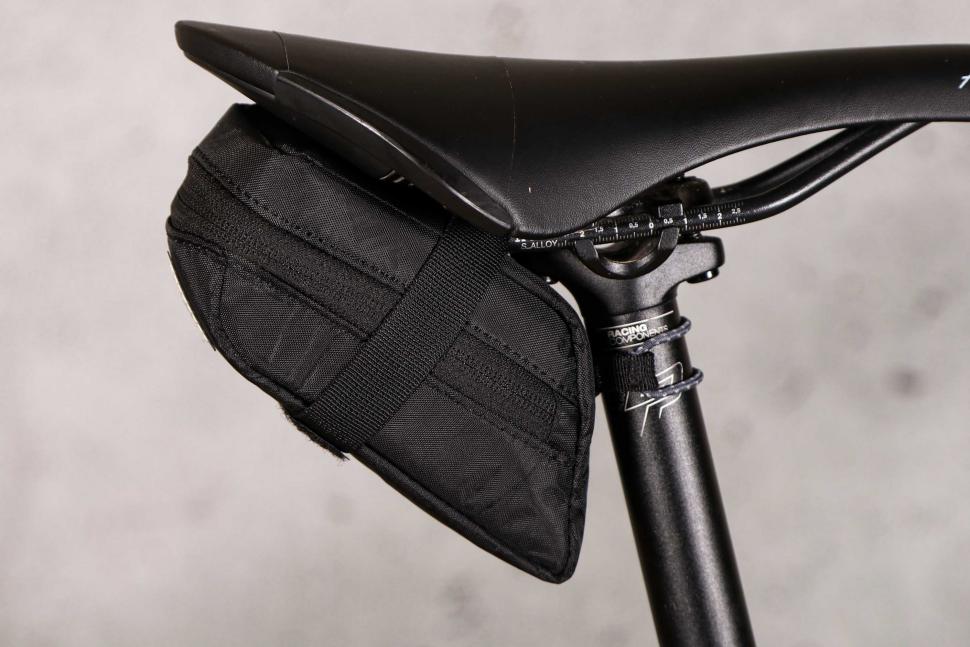
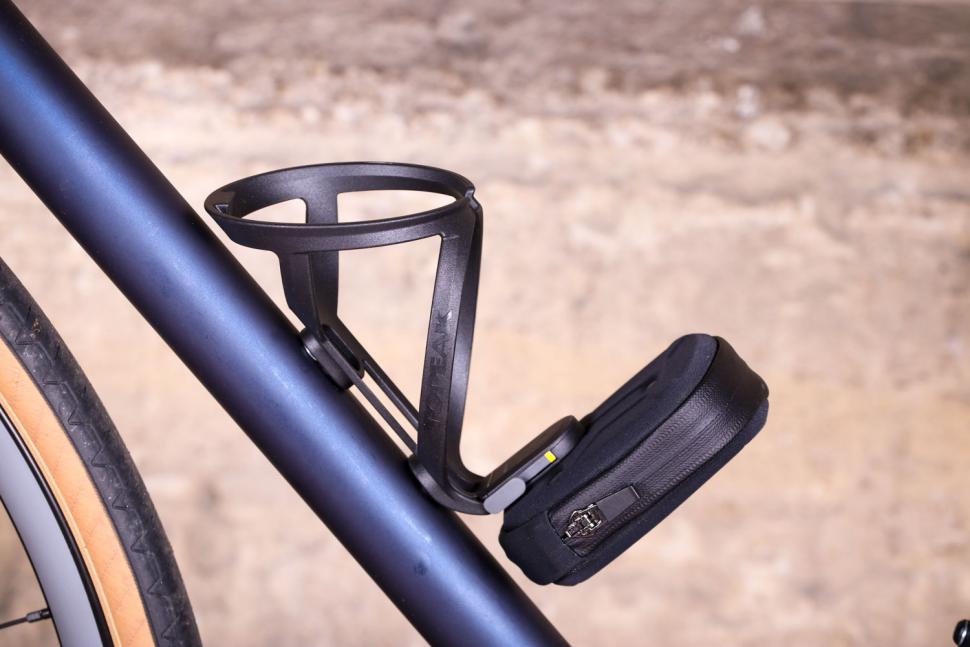
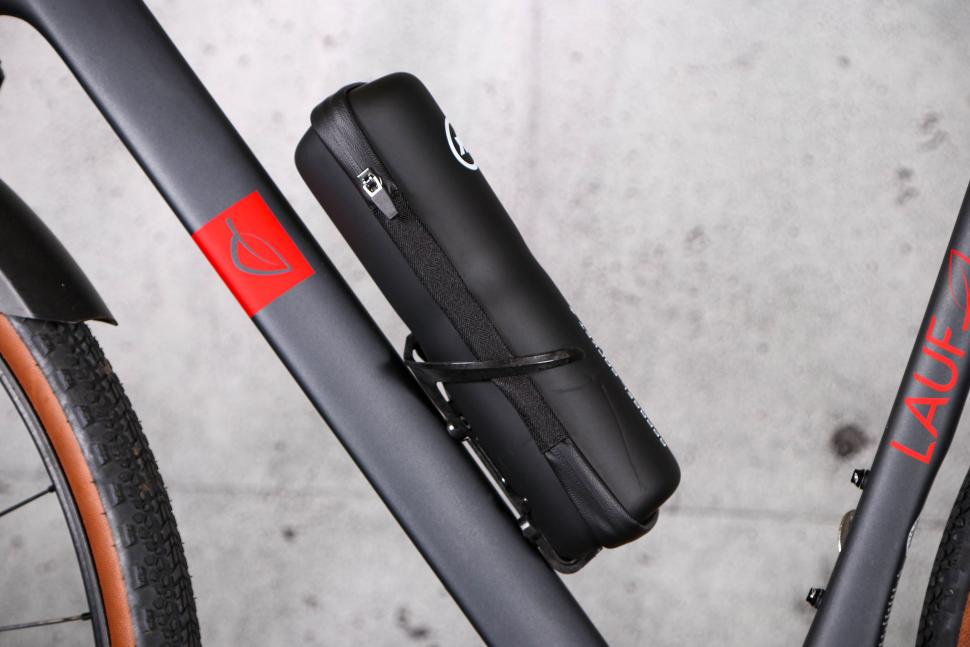
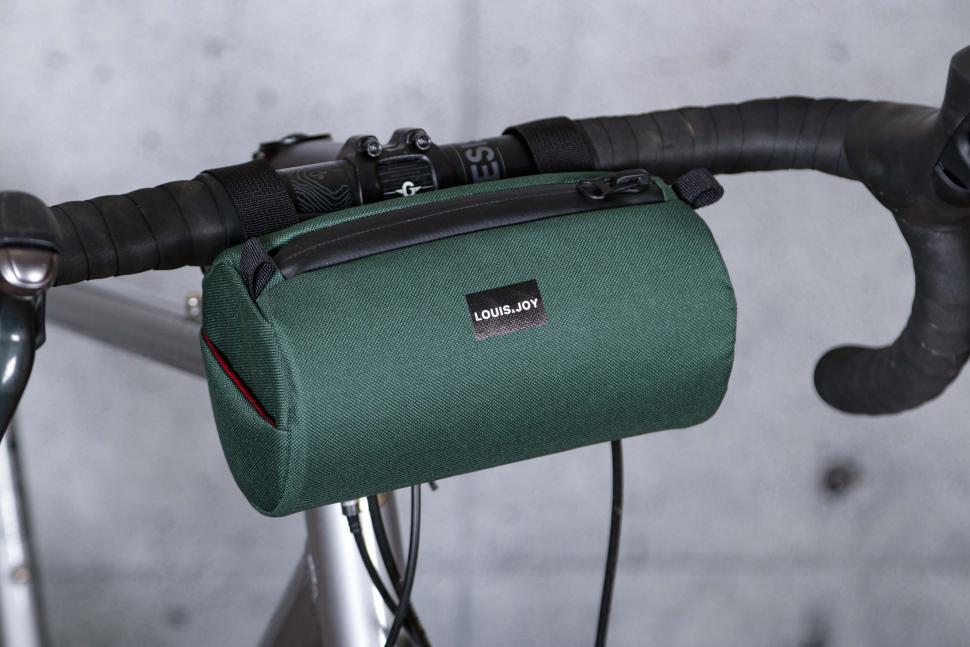
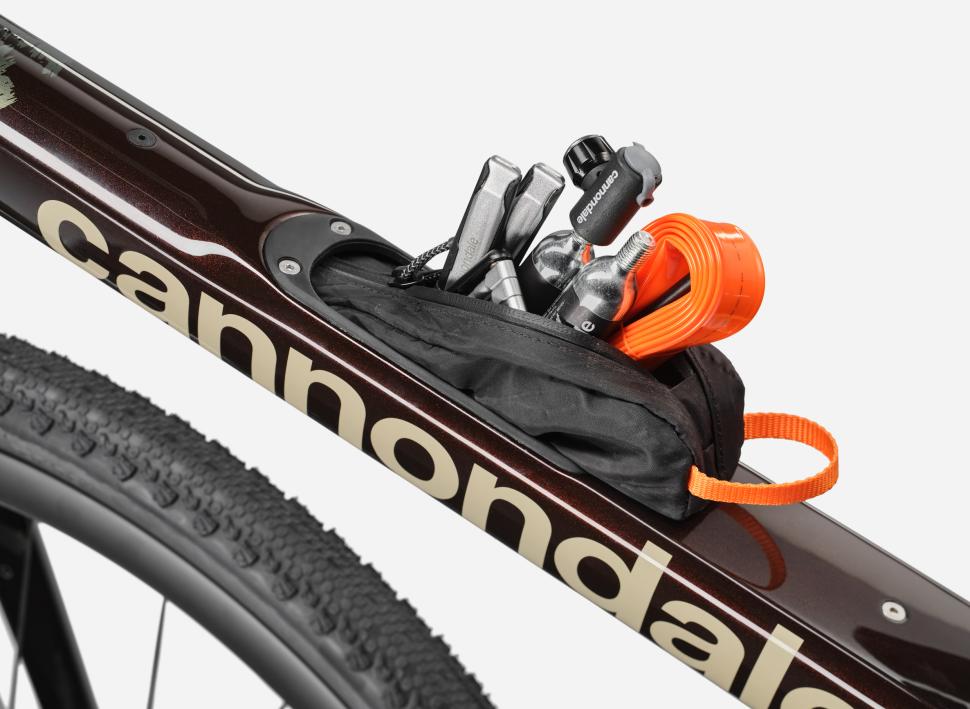
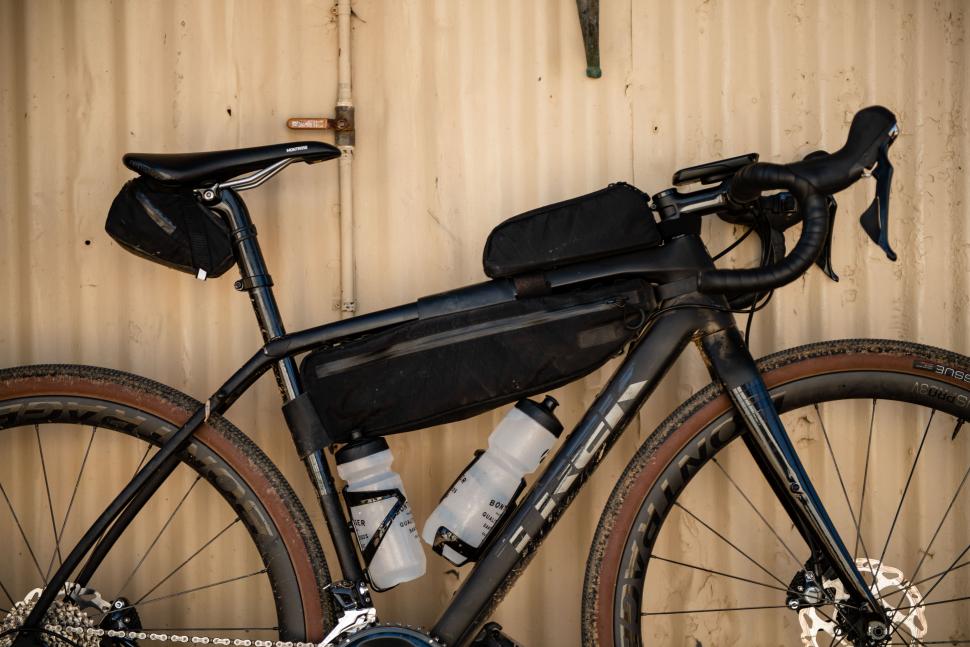
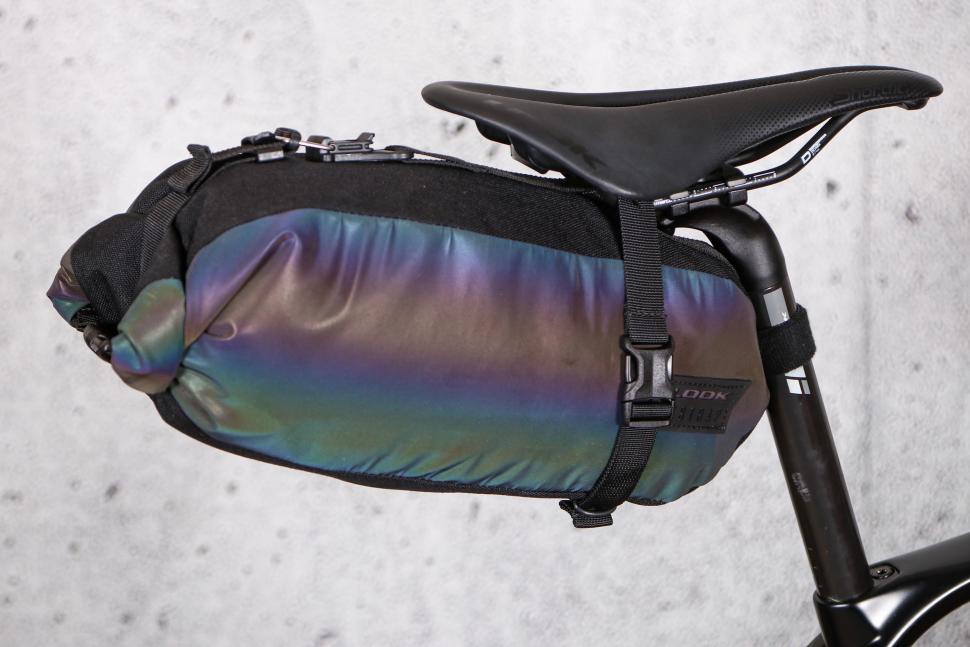

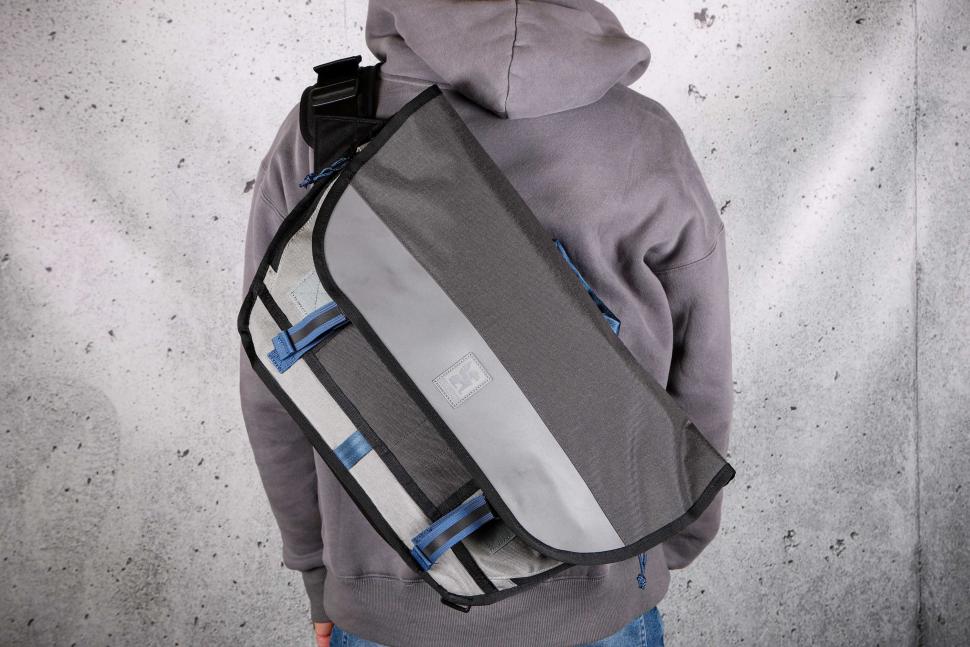
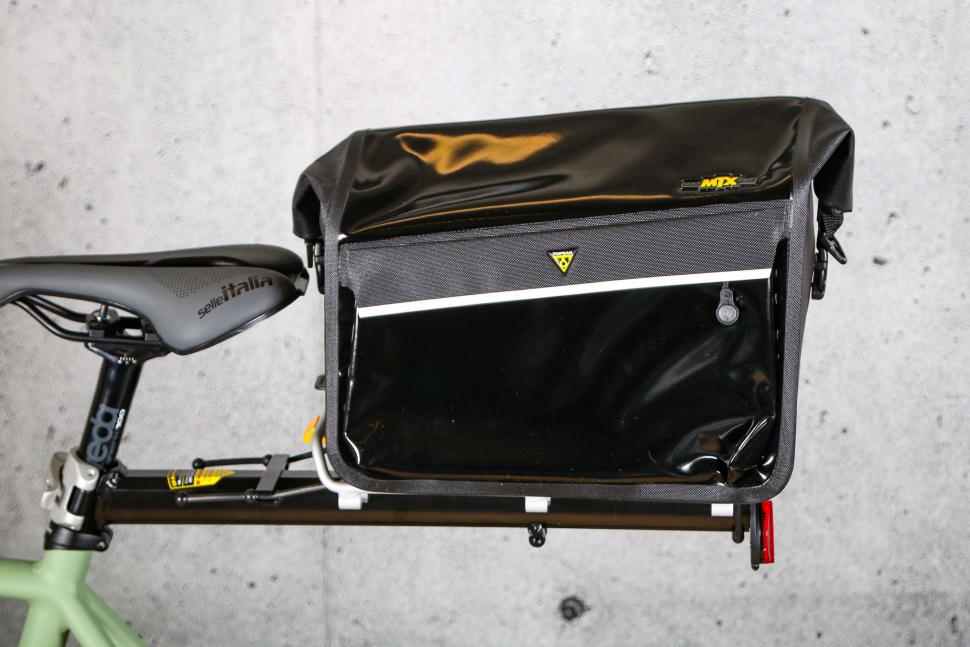
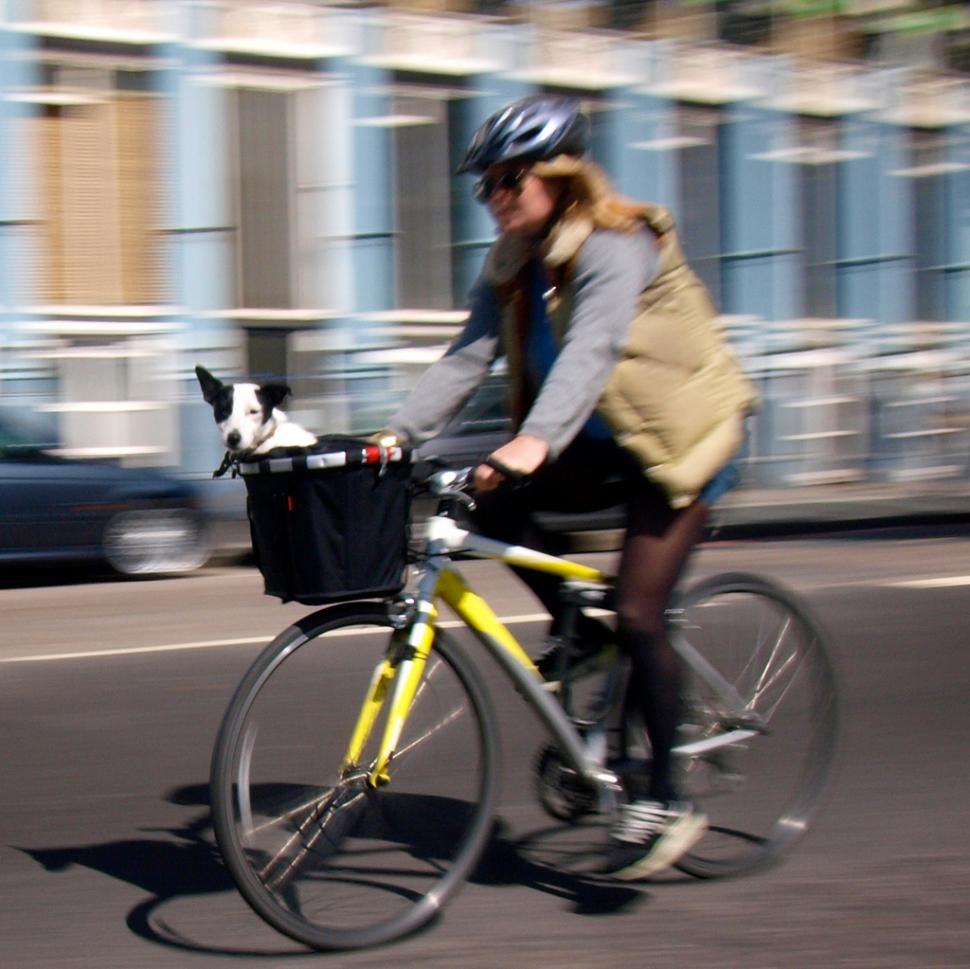

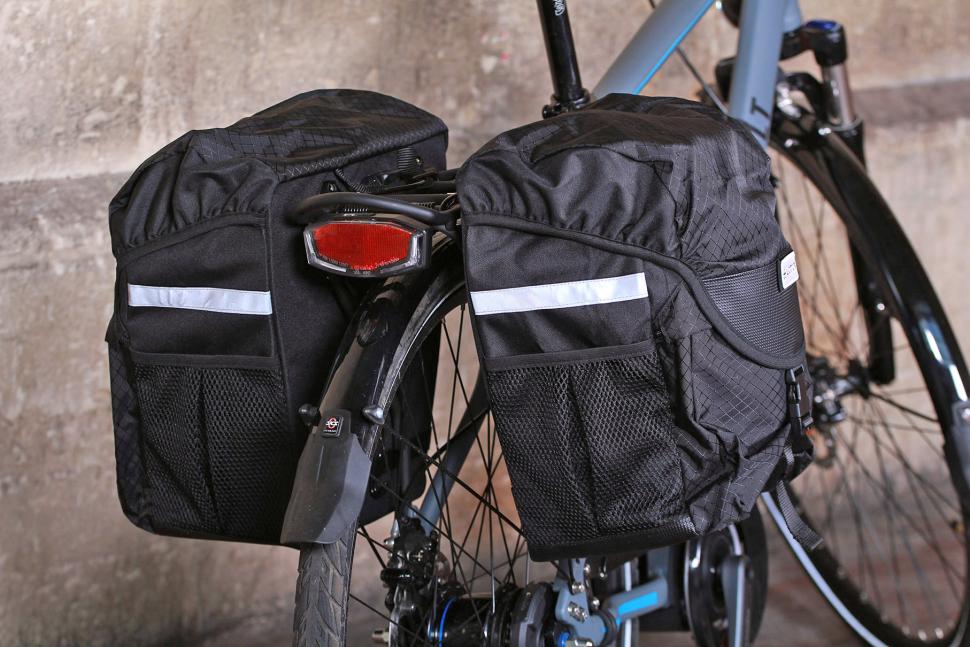
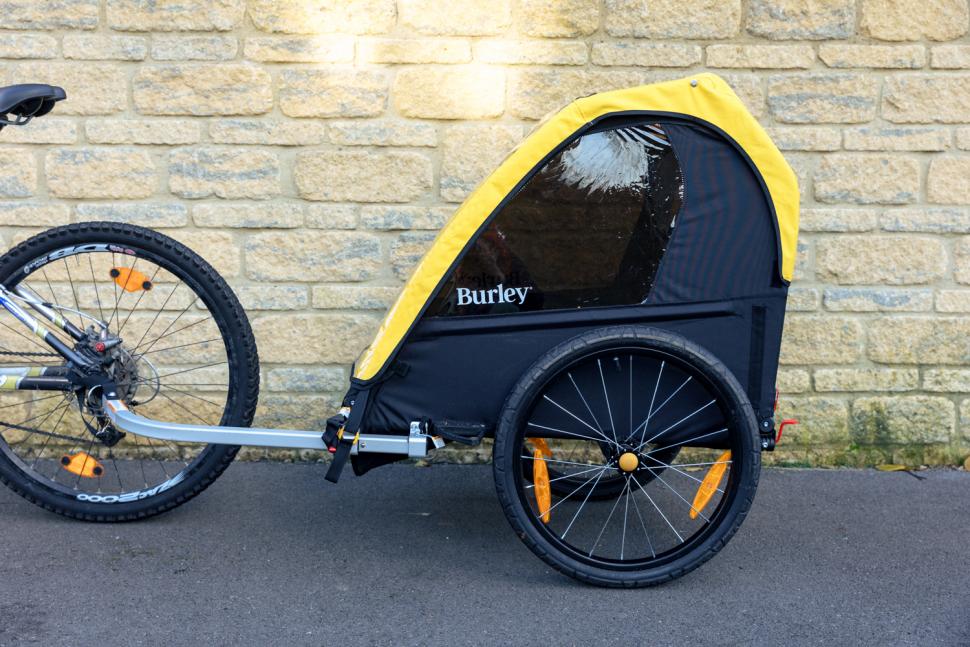
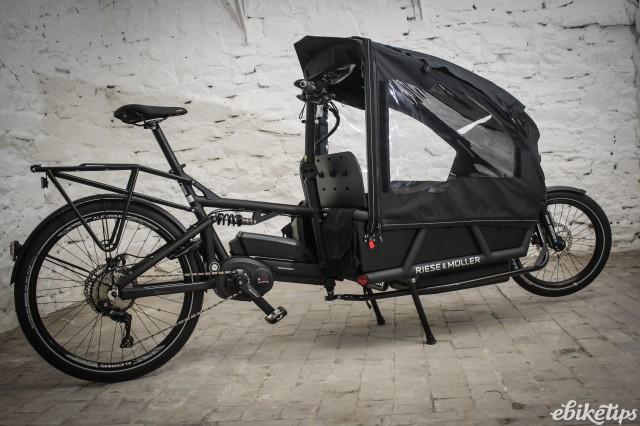
Agreed, although women face additional barriers in busy places too. All the women cyclists I know report a much higher level of abusive behaviour...
Who actually cares if "bike to work" bikes aren't actually used for daily commuting ? (Apart from The Telegraph, of course) The fact that you can...
He does it to make a point. As I remember from his videos he is rarely not in control of the situation. Although as it's all on shitter these days,...
Probably worth pointing out at some point that the Telegraph is on the Cycle to Work Scheme..
It gets posted in road.cc comments around six times daily.
But if it's a bridleway or a permissive path they're within their rights to be.
This is my favourite rant - but I really dont see the point of windproof cycling clobber that isn't properly waterproof - especially for the UK. ...
Whenever I drive, which isn't much, I often wonder why other seem to just not care at all, it's like so sense and appreciation for any other human...
Thanks for all the kind replies. I was back on my bike yesterday and went and had a look at where I had my fall. No obvious diesel on the road or...
Toe clips, now we're talking.